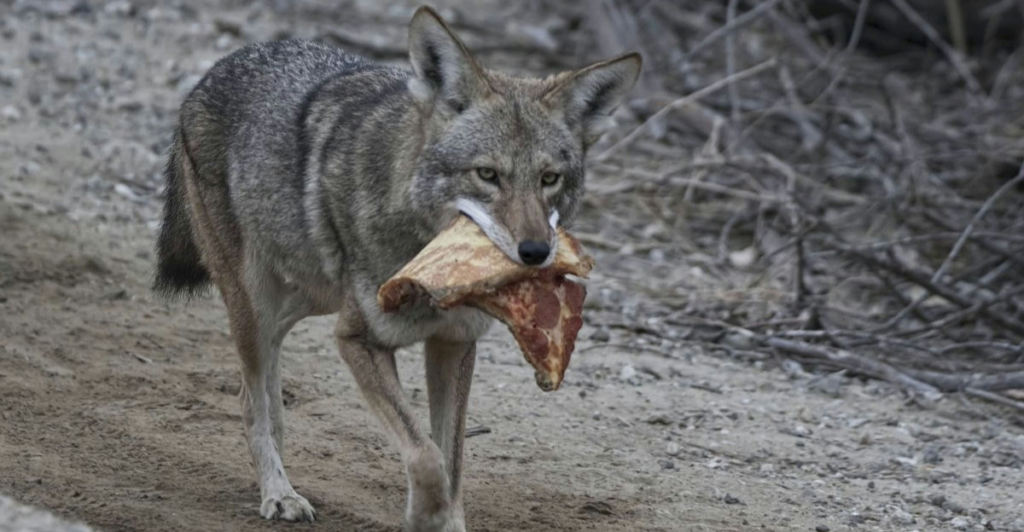
Here’s some good news, it turns out stress is not always a bad thing. While extreme stress can destroy ecosystems, mild stress actually makes nature stronger. Scientists call this hormesis, a process where small challenges trigger growth, resilience, and adaptability. Whether it’s trees surviving forest fires, animals toughening up in harsh winters, or plants thriving after being nibbled on, mild stress is nature’s way of saying, “Toughen up, kid.” Let’s unpack.
How “Good” Stress Makes Ecosystems Bulletproof
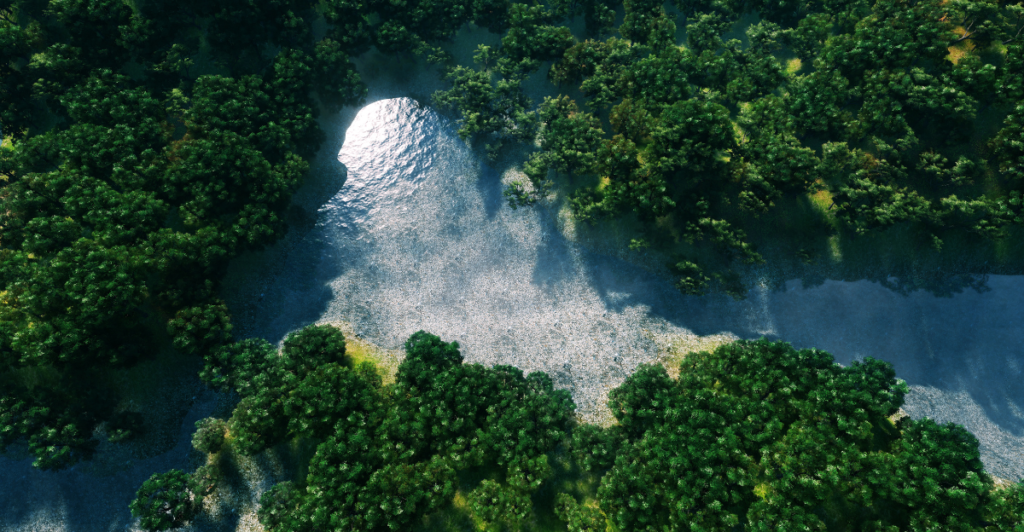
Think of mild stress like going to the gym. If you push too hard, you’ll break something, but the right amount of tension makes you stronger. In nature, low-level disruptions, like grazing, temperature shifts, or small wildfires, force species to adapt and innovate. Trees grow deeper roots, animals develop smarter survival instincts, and entire ecosystems become more resilient against disasters.
Forest Fires—Destruction or Rebirth?
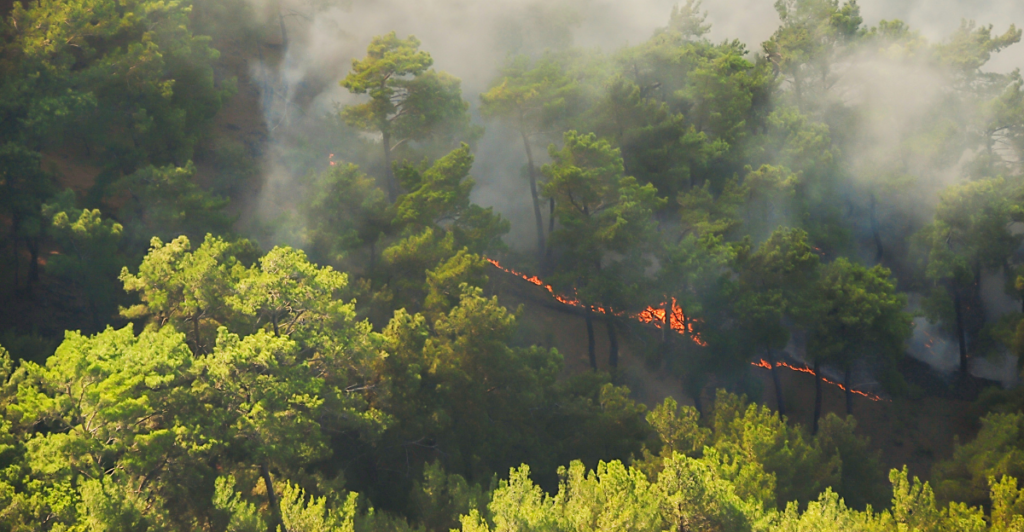
A wildfire sounds like a catastrophe, but small, controlled burns are essential for forests. Many trees, like the giant sequoia, actually need fire to open their seed cones. Fires clear out dead vegetation, recycle nutrients, and prevent massive, uncontrollable blazes. When we stop all fires, we create fuel buildup, setting the stage for megafires that destroy everything. A little fire now saves the forest later.
Grazing Animals—Nature’s Gardeners
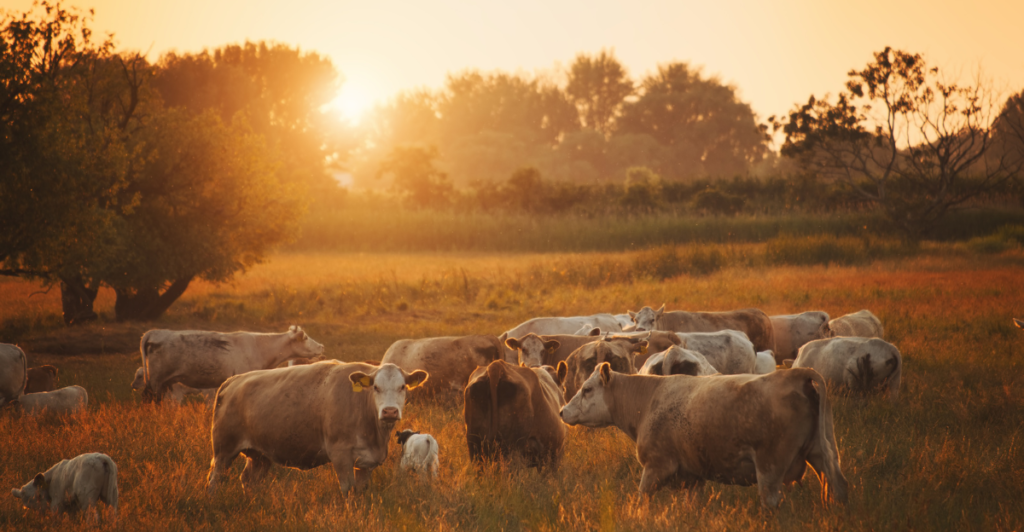
If you’ve ever seen cows mowing down a field, you might think they’re wrecking the grass. Wrong. Grazing animals stimulate plant growth, prevent overgrowth, and spread seeds. Their hooves press seeds into the soil, while their droppings fertilize the land. Overgrazing is a problem, but moderate grazing keeps landscapes balanced, preventing wildfires and promoting biodiversity.
Tidal Movements—Nature’s Never-Ending Bootcamp
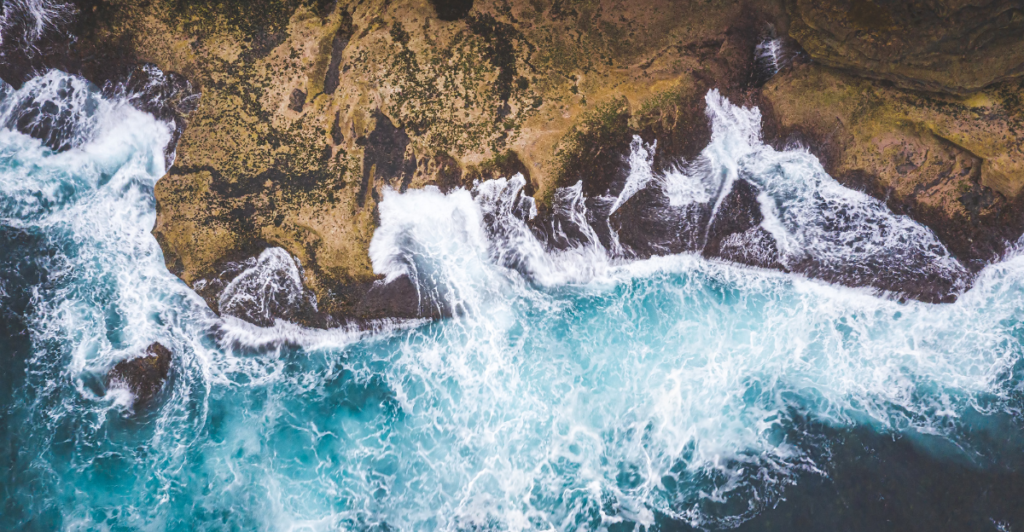
Ever notice how creatures in tidal pools are some of the toughest in nature? They have to be. Twice a day, they’re slammed with waves, then left to bake in the sun. This cycle forces marine life to adapt, grow tougher shells, and develop ways to survive both flooding and drought. Without these daily stressors, many species wouldn’t last a week in the wild.
Seasonal Changes—Why Nature Loves a Challenge
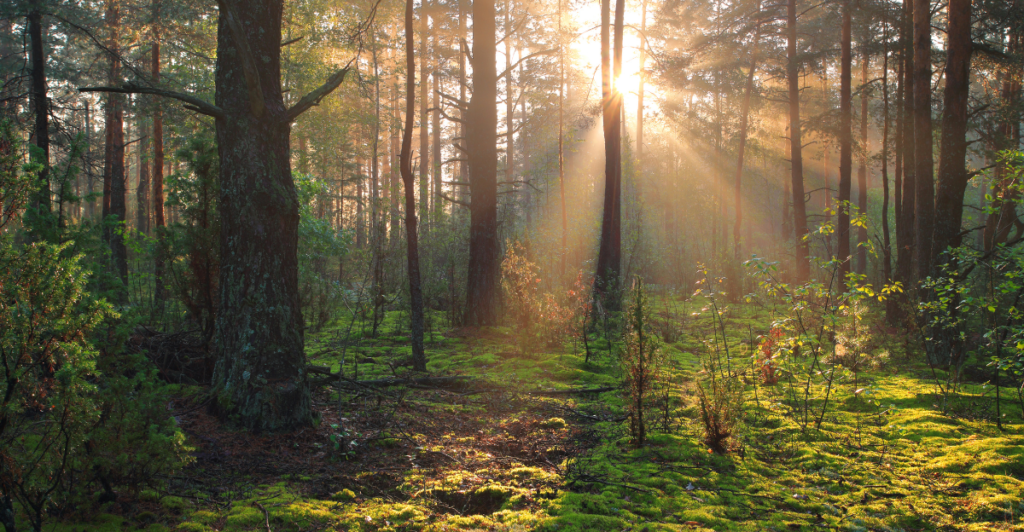
When temperatures drop and food becomes scarce, only the strong survive. Animals that endure harsh winters develop thicker coats, hibernate, or migrate to better conditions. Plants adapt by dropping leaves to conserve energy or storing nutrients underground. Without seasonal shifts, species wouldn’t develop the tools they need to withstand environmental challenges.
Urban Wildlife—Thriving in Human Chaos
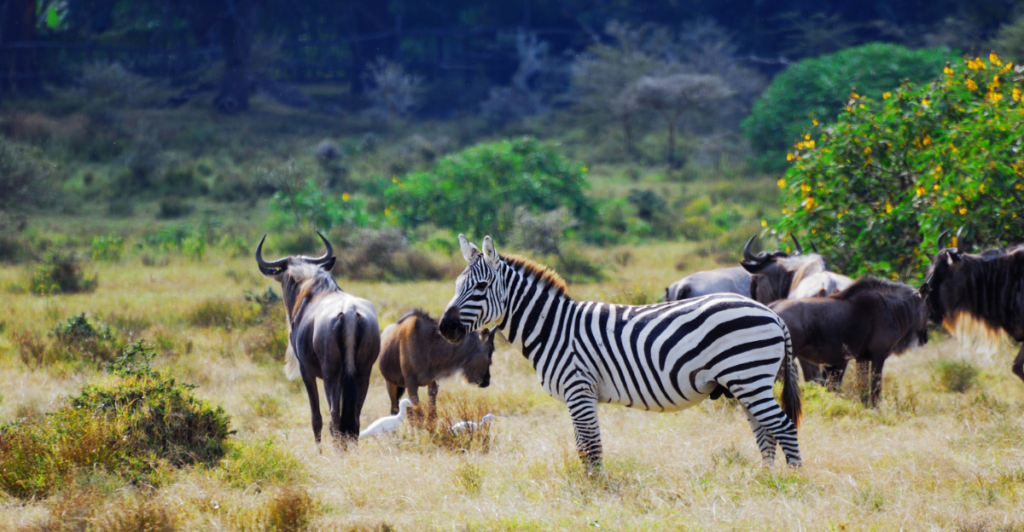
Pigeons, raccoons, and foxes aren’t just surviving in cities, they’re thriving. Constant human disturbances—traffic, noise, pollution—should make urban environments unlivable. Instead, these animals have adapted, learning to navigate roads, raid trash bins, and even recognize human behavior. They’ve turned stress into superpowers, proving that some species evolve faster than we expect.
Farmers Have Been Using This Trick for Centuries

Ever wonder why farmers prune trees, rotate crops, and limit watering? Turns out, a little stress makes plants stronger. Cutting back branches triggers growth hormones, while drought stress pushes roots to grow deeper. Controlled stress makes crops hardier, more resistant to disease, and better at surviving extreme weather. This isn’t a new idea, nature figured it out first.
Rivers Need to Be Unpredictable to Stay Healthy
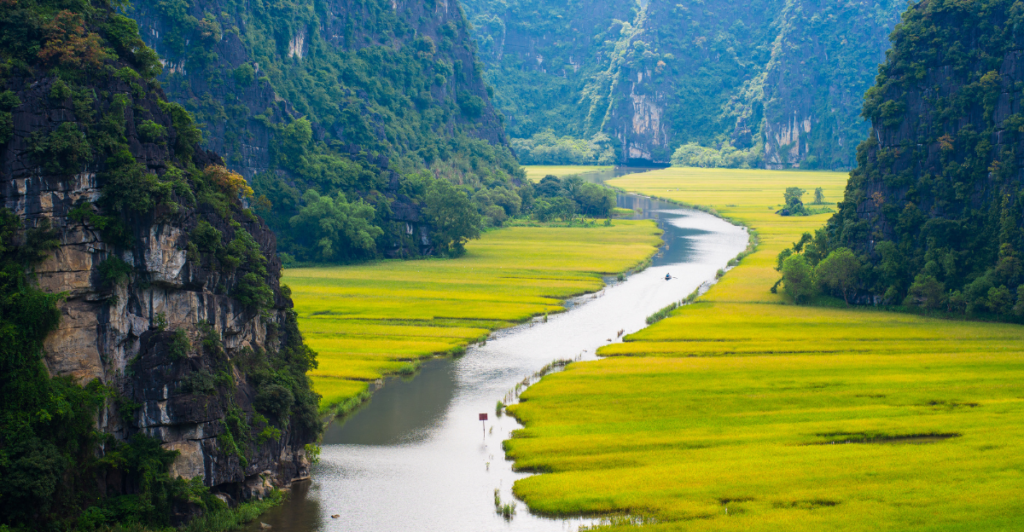
Rivers that never change course actually become stagnant and lifeless. Seasonal floods clear out debris, distribute nutrients, and create new habitats for fish and plants. When humans control rivers too much, we disrupt this natural process, leading to dead zones, erosion, and habitat loss. Some stress, like occasional flooding, keeps rivers alive.
Microbial Communities—Tiny But Resilient

Even microscopic life thrives on stress. Bacteria and fungi exposed to mild stress exchange genetic material, develop resistance to toxins, and work together more efficiently. Scientists have found that stressed microbes mutate faster, meaning they evolve at lightning speed to survive in unpredictable environments. No stress = no survival skills.
Climate Change—A Stress Test for Nature
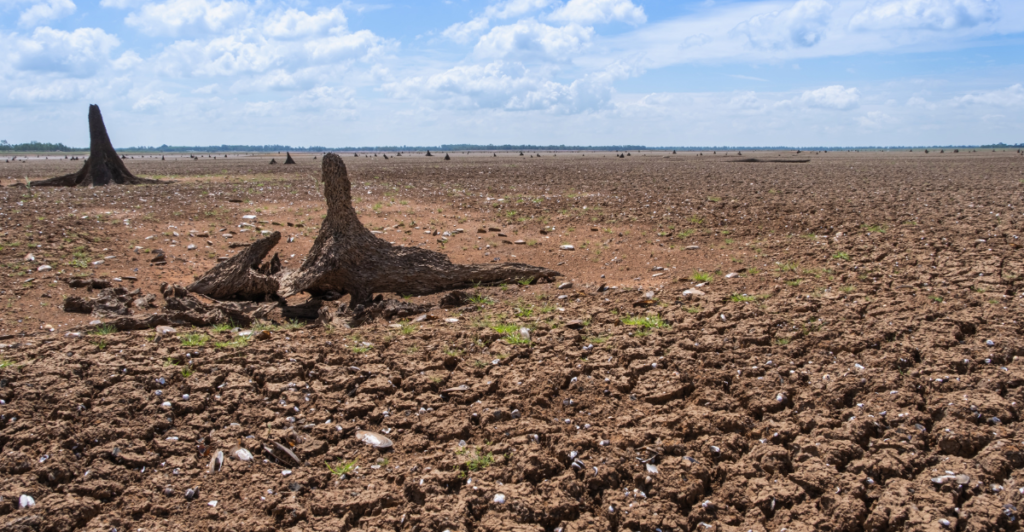
Climate change is a major stressor, but some species are showing surprising resilience. Coral reefs that experience occasional heat waves are developing higher heat tolerance. Certain trees grow stronger in response to drought stress. The catch? There’s a fine line between adaptive stress and total destruction—and we’re dangerously close to crossing it.
Can We Use This to Save Endangered Species?
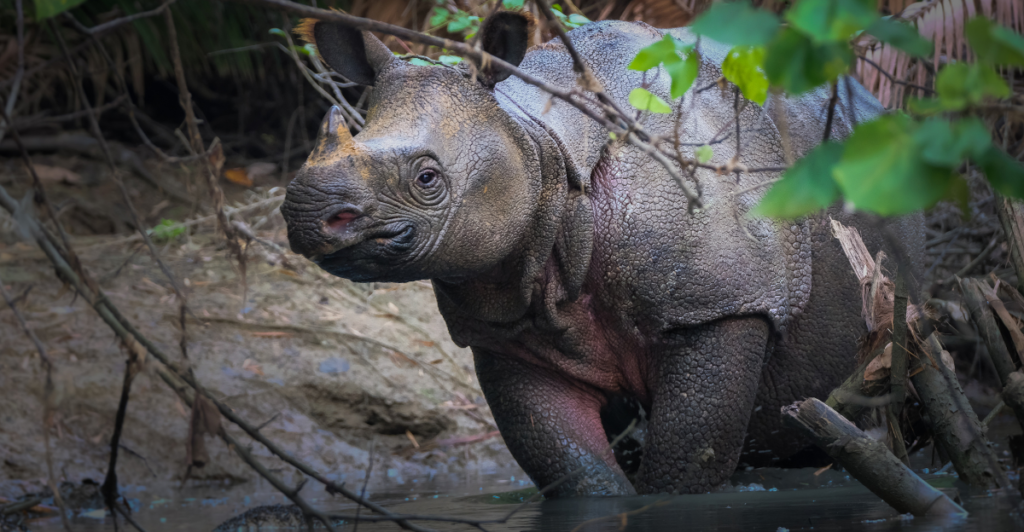
If mild stress makes ecosystems stronger, can we use this knowledge to help struggling species? Conservationists already use controlled burns, strategic grazing, and artificial flooding to mimic natural stress cycles. By working with nature’s stress-response systems, we can help species adapt instead of just trying to “protect” them from everything.
What This Means for the Future
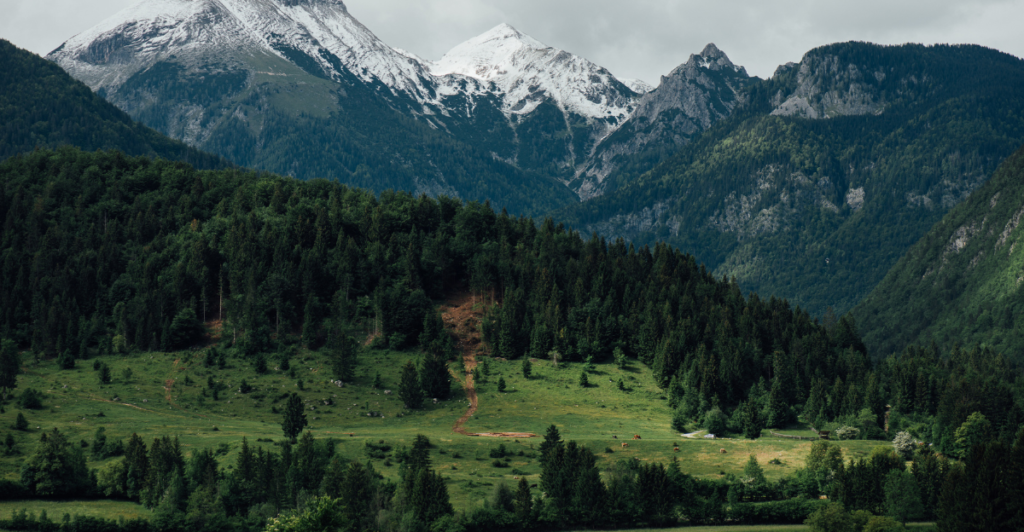
Nature isn’t fragile, it’s tougher than we can imagine. Ecosystems aren’t built to be stress-free, they’re built to bounce back from challenges. If we want to protect the environment, we need to stop treating stress as the enemy and start understanding how to work with it. A little struggle is what makes nature strong and maybe, it’s what we need too.







